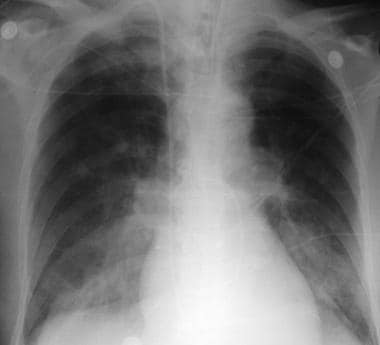

One thousand ccs of lactated Ringer’s with 5% dextrose solution was given during that time. Very little white secretions were auctioned and lungs became clear as the anesthesia was deepened. Mask ventilation was moderately difficult.Ī few minutes after intubation, mild cyanosis in finger tips was observed and rales were heard on both lung fields. The procedure took an hour using 600 mg of sodium thiopental and 260 mg of succinylcholine. Luckily, the third anesthesiologist was able to intubate the trachea by making a hockey stick shape with the stylet inserted to the endotracheal tube. However, severe laryngospasm was encountered and succinylcholine had to be given to break the spasm.

After a few trials with Macintosh and Miller’s blade, it was decided to bring spontaneous breathing back to perform bend nasal intubation. The patient was ventilated with 100% 02 and 2% of enflurane was administered. However, the larynx was not able to be visualized because of its extreme anterior location.

The anesthesia was induced with 400 sodium thiopental, and 100 mg of succinylcholine was given to facilitate intubation. The patient was premedicated with 50 mg of mephedrine, 75 mg of pentobarbital and 0.4 mg of atropine one hour before the anesthesia started. Hemoglobin was 14.5 gm/dl and hematocrit was 44. Physical examination did not reveal any abnormalities. He had no previous surgery or anesthesia. His past medical history was unremarkable. The patient was 6 feet tall and weighed 200 pounds. He was found to have a cecal mass with some hemorrhage. Case ReportĪ 57-year-old man was scheduled for right colon resection. We observed acute non-cardiogenic pulmonary edema on awakening from anesthesia in an adult whose trachea was intubated with difficulty in the beginning of anesthesia. (1) Non-cardiogenic pulmonary edema has been described in pediatric age groups who had croup and epiglottitis (2) laryngospasm at the end of anesthesia, (3) and succinylcholine before induction of anesthesia. Non-cardiogenic pulmonary edema associated with acute airway obstruction in an adult age group appears to be very rare.


 0 kommentar(er)
0 kommentar(er)
